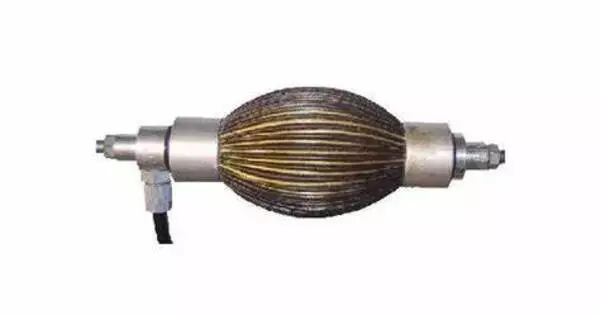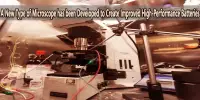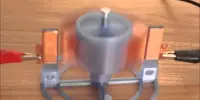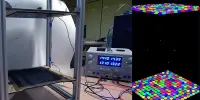Pneumatic artificial muscles (PAMs) are contractile or extensional devices that work by filling a pneumatic bladder with pressured air. Pneumatic actuators, often known as pneumatic muscle actuators, are a form of soft robotic actuator that uses compressed air or gas to simulate the function of organic muscles. PAMs are typically organized in pairs, one agonist and one antagonist, to approximate human muscles. Because of their flexibility, lightweight design, and capacity to make lifelike movements, these devices have gained interest in a variety of sectors, including robotics, prosthetics, and automation.
PAMs were first developed (under the name of McKibben Artificial Muscles) in the 1950s for use in artificial limbs. The Bridgestone rubber company (Japan) commercialized the idea in the 1980s under the name of Rubbertuators.
Here are some key points about pneumatic artificial muscles:
- Structure: An inflating elastomeric tube or bladder wrapped by a reinforcing mesh or braid is typical of pneumatic artificial muscles. When air or gas is injected into the tube, it expands and contracts in the same way that biological muscles contract and relax.
- Flexibility: PAMs are extremely adaptable and can be used to build robots with soft, compliant structures. Because of their flexibility, they can be employed in applications where typical rigid robots would be ineffective, such as environments containing fragile objects or human-robot interaction scenarios.
- Actuation: The actuation of PAMs is achieved by controlling the pressure of the gas or air inside the tube. Increasing the pressure causes the muscle to contract, while decreasing the pressure allows it to relax. This pressure control can be precisely regulated to control the movement of the PAM.
- Force and Movement: PAMs can generate a wide range of forces and movements depending on their size, shape, and the pressure applied. They can produce both linear and angular movements, making them versatile for various applications.
The cumulative total strength of the individual fibers in the woven shell limits the retraction strength of the PAM. The exertion distance is restricted by the weave’s tightness; a particularly loose weave allows for more bulging, which twists individual fibers in the weave further.
The Shadow Dexterous Hand designed by the Shadow Robot Company, which also provides a spectrum of muscles for integration into other projects/systems, is one example of a complicated configuration of air muscles.
Advantages
Because their major component is a thin membrane, PAMs are extremely light. This permits them to be directly attached to the structure they power, which is advantageous when considering muscle replacement. If a malfunctioning muscle must be replaced, its position is always known, making replacement easy. This is a critical feature since the membrane is coupled to hard endpoints, introducing tension concentrations and hence the possibility of membrane rupture.
PAMs are often employed in soft robotics applications due to their compliance and flexibility. They can be found in robotic arms, grippers, and walking robots. PAMs are used to help patients regain strength and movement during physical therapy and rehabilitation.
Another feature of PAMs is their natural compliant behavior: when a force is applied to the PAM, it “gives in” without increasing the force in the actuation. This is a key characteristic when the PAM is utilized as an actuator in a robot that interacts with humans or when delicate operations must be performed.
Challenges:
- Control: Precise control of PAMs can be challenging, as the relationship between pressure and force can be nonlinear and complex.
- Durability: The durability of PAMs can be a concern, especially in industrial applications where they may be subjected to wear and tear.
- Energy Efficiency: PAMs can consume a significant amount of compressed air or gas, which may not be energy-efficient in some applications.
















